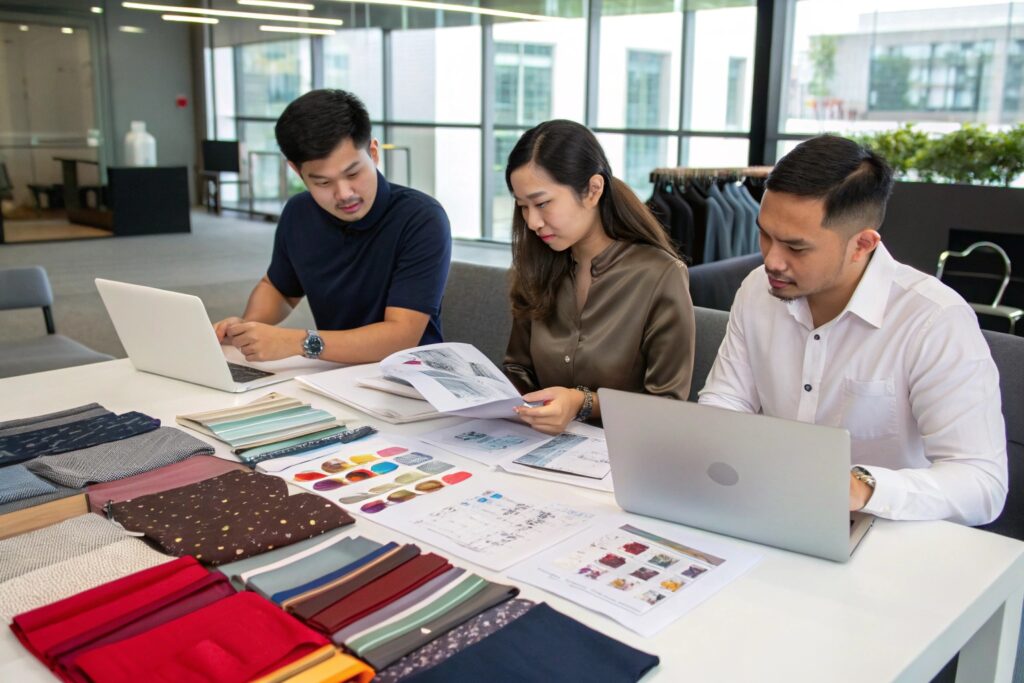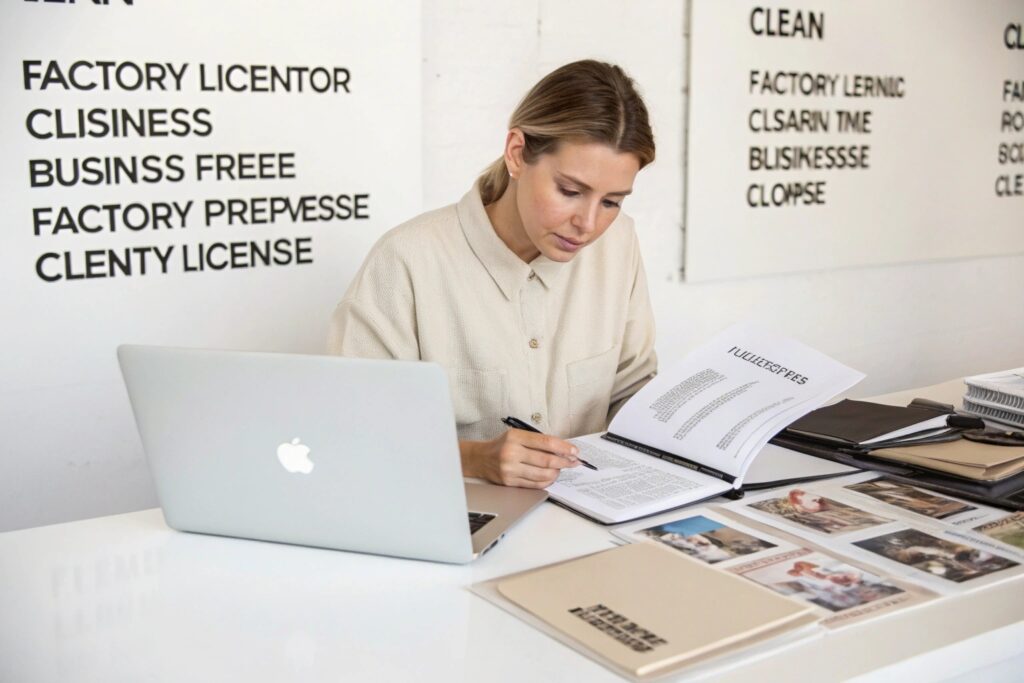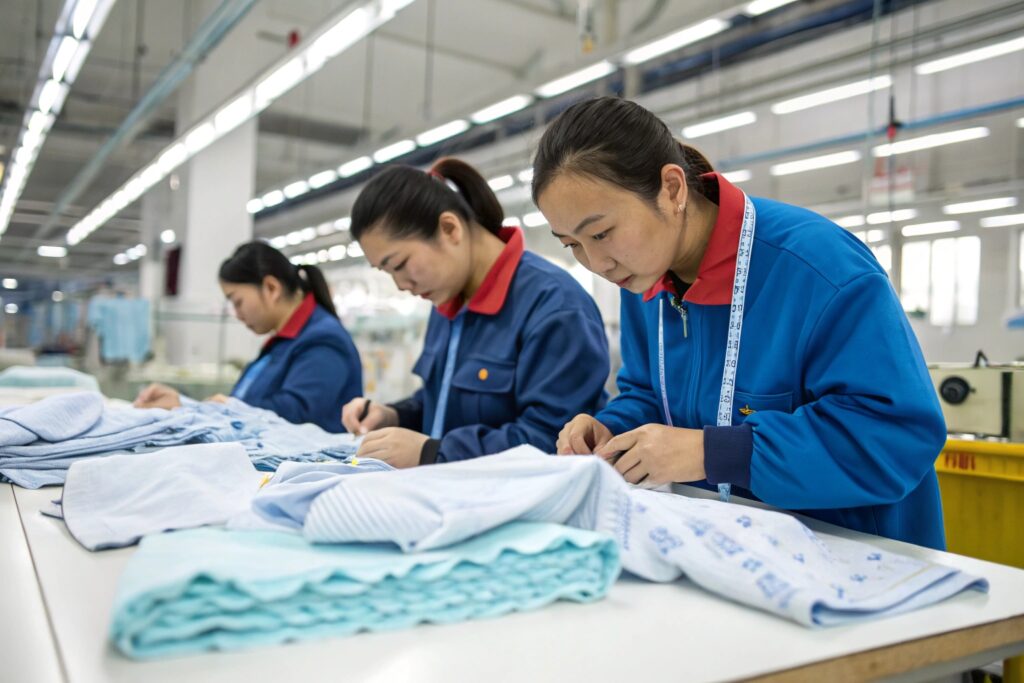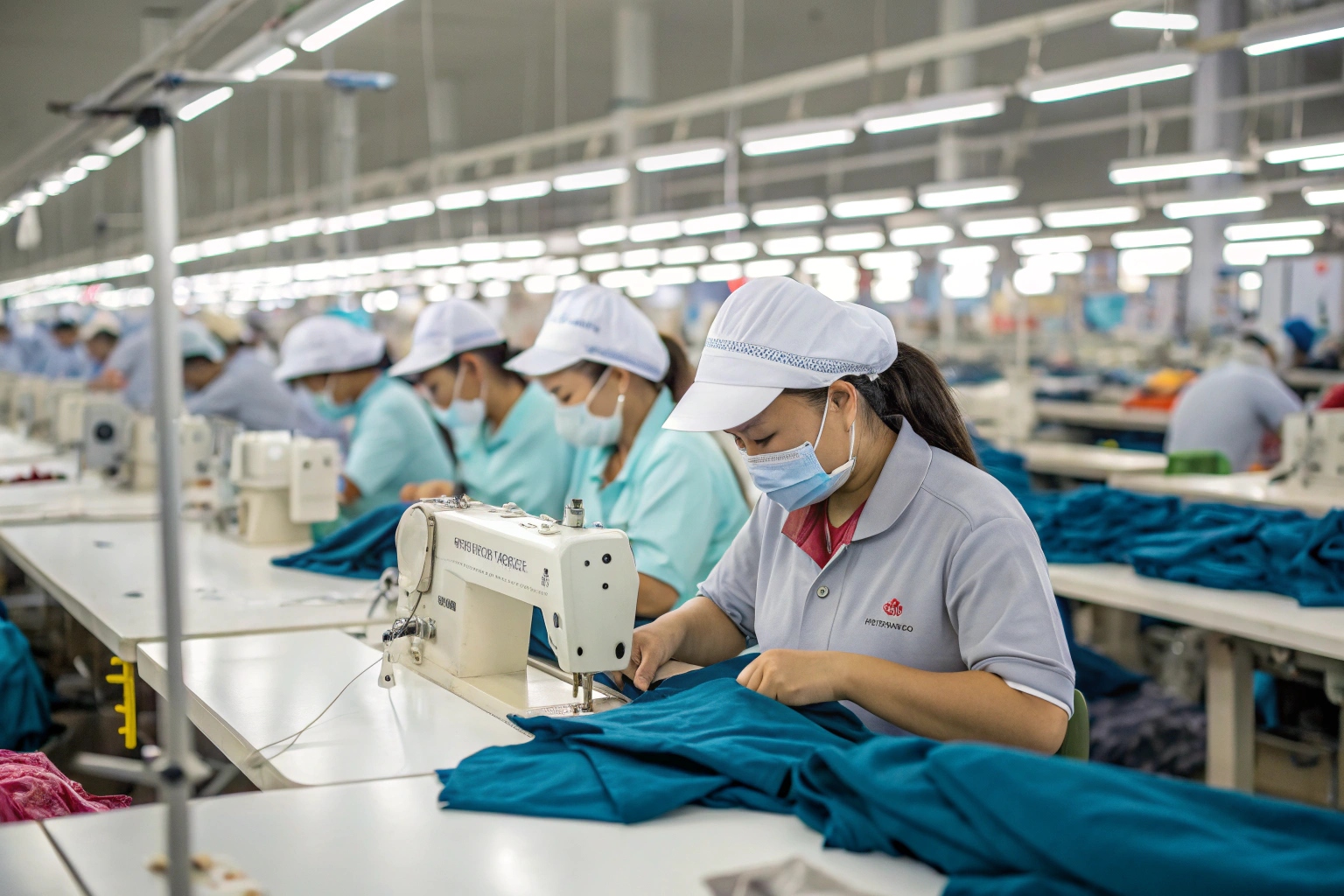Are you struggling to find a trustworthy clothing manufacturer who delivers on quality, speed, and price? You're not alone—many brands face this same challenge when scaling production.
The best clothing manufacturers can be found in countries like China, Bangladesh, and Vietnam. They offer OEM and ODM options, and many suppliers are now certified, fast, and transparent in their operations.
If you want to scale your clothing business or launch a new line, working with the right manufacturer is your first step. Let’s explore where and how to find them.
Which countries are top-rated for garment factories?
Trying to choose a manufacturing country without the right information can waste months of your time. Many brand owners jump in based on hearsay and end up paying more for lower quality.
China, Bangladesh, Vietnam, Turkey, and India are top-rated garment producers due to large-scale production, low labor costs, and infrastructure. Each offers unique advantages depending on your product, price point, and timeline.

What are the strengths of each top clothing manufacturing country?
Each country has carved out a reputation based on its capabilities, certifications, and workforce. China is known for speed and customization. Bangladesh leads in cost-effective large volume orders. Vietnam has strong compliance records and quality stitching.
| Country | Strengths | Best For |
|---|---|---|
| China | High customization, strong logistics | Fast fashion, OEM & ODM |
| Bangladesh | Low cost, large-scale production | Basic garments, mass production |
| Vietnam | Quality control, ethical factories | Branded apparel, mid to high-end |
| India | Cotton, artisanal fabric, sustainability | Ecowear, cotton-based clothing |
| Turkey | Proximity to Europe, fast lead time | European brands, fast fashion |
Should I choose based on cost or quality when selecting a manufacturing country?
Cost matters—but sacrificing quality leads to returns, poor reviews, and brand damage. Many successful brands choose manufacturers offering a balance: a reasonable unit price, transparent quality checks, and certifications like GOTS, BSCI, or ISO.
How to find verified OEM clothing manufacturers?
Finding suppliers is easy—but finding reliable OEM partners takes more than a Google search. Many resellers pose as factories, leading to poor communication and inflated prices.
Use platforms like Alibaba, Tradeshows, LinkedIn, and sourcing agents to identify verified OEM manufacturers. Always request business licenses, factory photos, production videos, and client references.

What are the signs of a trustworthy OEM garment supplier?
Genuine OEM factories will show clear product development processes. They accept tech packs, produce samples quickly, communicate in a structured way, and show past client projects. Their website should list real clients and export regions.
| Factor | What to Look For |
|---|---|
| Certification | ISO 9001, BSCI, GOTS |
| Sampling Process | Clear timeline, fabric sourcing options |
| MOQ Transparency | Clearly stated per product style |
| Factory Audit Report | Photos/videos showing workers, machines |
| English Communication | Responsive, written updates, structured |
Where can I see real reviews for OEM factories?
Look at review scores on platforms like Alibaba or Global Sources. You can also post sourcing requests on LinkedIn or Reddit and ask for community feedback. Finally, if budget allows, hire a third-party inspection company to vet the supplier before signing.
Are Chinese suppliers reliable for fashion brands?
Chinese manufacturers often get a bad rap—but most of it comes from miscommunication and picking the wrong supplier.
Yes, Chinese suppliers can be highly reliable if you work with established OEM factories. Many produce for global brands and offer strong QC, sample accuracy, and on-time delivery—especially in Zhejiang, Guangdong, and Jiangsu.

What makes a Chinese clothing factory a good long-term partner?
Good Chinese suppliers are easy to spot. They respond quickly, give you detailed spec sheets, and proactively solve production issues. Some even offer dropshipping or DDP shipping. They value long-term partnerships over one-time deals.
Can I use Chinese OEMs for both high-end and basic clothing?
Absolutely. Many Chinese factories run multiple lines. Some focus on fast fashion like t-shirts and hoodies, while others work with brands creating detailed pieces—like suits, embroidery dresses, or organic babywear. Confirm your needs match their core production scope.
Where do global brands source their clothing?
If you’ve ever wondered how brands like Zara, H&M, or Uniqlo scale so fast, the secret is in supplier management.
Most global brands source from a combination of China, Bangladesh, Turkey, India, and Vietnam. They choose suppliers based on speed, price, flexibility, and trend adaptation.

Do brands use multiple factories or just one?
Brands typically work with 5–10 suppliers depending on collection size. They segment by product type: one factory for denim, one for knitwear, another for outerwear. This avoids delays and distributes production risk.
How can small brands copy big brands’ sourcing model?
You don’t need 10 factories to start. But you do need to test 2–3 good suppliers. Start with small MOQs, test quality and speed, then scale. As your volume grows, consider creating supplier scorecards to track cost, delivery, and defect rates.
Conclusion
To find the best clothing manufacturers, I focus on countries with strong garment industries, platforms that connect me with verified OEMs, and clear communication standards. A reliable supplier is more than a factory—it’s the key to building a scalable, profitable fashion brand.










